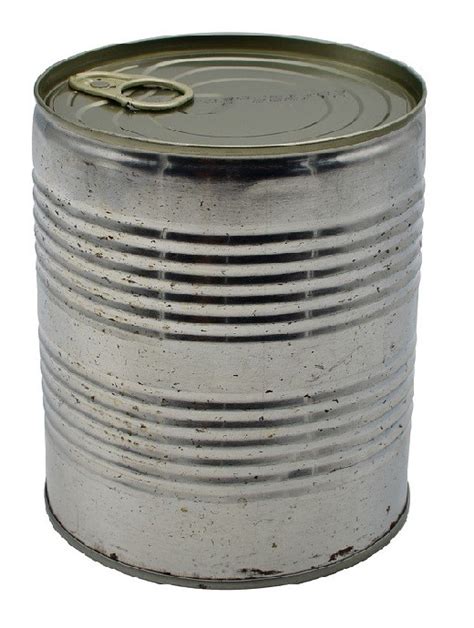How to smash strength plateaus for relentless muscle gain & peak performance?

Conquering the Infamous Strength Plateau
Every dedicated lifter eventually faces it: the dreaded strength plateau. That point where your usual routine stops yielding results, lifts stall, and progress grinds to a halt. It’s frustrating, disheartening, and can make you question your entire training approach. But a plateau isn’t a dead end; it’s a signal. It’s your body telling you it has adapted and it’s time to evolve your strategy. Smashing through these barriers isn’t just about pushing harder; it’s about training smarter, recovering better, and understanding the nuances of your body’s adaptation process.

Re-evaluate and Master Progressive Overload
Progressive overload is the fundamental principle of muscle growth and strength gain. However, many interpret it simply as ‘lifting heavier.’ While increasing weight is crucial, it’s just one facet. When you hit a plateau, it’s time to explore other forms of progressive overload:
- Increase Reps: If you’re stuck at a certain weight, try to add one or two more repetitions to your sets.
- Increase Sets: Adding an extra working set can increase total volume, stimulating further adaptation.
- Improve Form: Lifting the same weight with better, stricter form is a form of progressive overload, as it places more tension on the target muscle.
- Decrease Rest Times: Performing the same work in less time increases training density and intensity.
- Increase Time Under Tension (TUT): Slowing down the eccentric (lowering) phase of a lift can create more muscle damage and growth stimulus.
- Micro-loading: Invest in fractional plates (1.25 lb / 0.5 kg) to make tiny, consistent increases when larger jumps are too much.
Strategic Deloading and Periodization
Sometimes, a plateau isn’t a sign of weakness, but a sign of accumulated fatigue. Your central nervous system, joints, and muscles need a break to fully recover and supercompensate. This is where strategic deloading comes in.
- Deload Weeks: Every 6-10 weeks, incorporate a deload week where you reduce your training volume (sets/reps) and/or intensity (weight) by 40-60%. This allows your body to recover, repair, and come back stronger.
- Periodization: Don’t train at maximum intensity all year round. Implement periodized training cycles that vary intensity and volume over longer periods (e.g., blocks of hypertrophy, strength, and power). This prevents chronic fatigue and keeps your body adapting.
![How to Create Simple Business Strategy - [Jcount.com]](/images/aHR0cHM6Ly90czQubW0uYmluZy5uZXQvdGg/aWQ9T0lQLnRvY3dmSEtCcVlUcWMybnVxNENCQXdIYUVjJnBpZD0xNS4x.webp)
Optimize Your Training Variables and Techniques
Breaking a plateau often requires shocking your system with new stimuli. This means varying more than just the weight on the bar.
- Vary Rep Ranges: If you always train in the 6-8 rep range, switch to 3-5 reps for a few weeks to focus on pure strength, or 10-15 reps for more hypertrophy.
- Accessory Work: Identify weak points. If your bench press is stuck, perhaps your triceps or shoulders are lagging. Incorporate more targeted accessory exercises for these muscle groups.
- Advanced Techniques: Once in a while, integrate techniques like drop sets, supersets, rest-pause sets, or forced reps to push beyond typical failure points. Use these sparingly to avoid overtraining.
- Exercise Variation: Swap out exercises for similar movements. If your barbell bench press is stalled, try dumbbell bench press, incline press, or dips for a few weeks to hit the muscles from a different angle.
Fueling for Growth and Recovery: The Non-Negotiables
Your performance in the gym is only as good as your recovery and nutrition outside of it. These are often the biggest overlooked factors when hitting a plateau.
- Caloric Intake: Ensure you are in a slight caloric surplus if your goal is muscle gain and strength. Undereating is a common reason for stalled progress.
- Protein Intake: Consume adequate protein (around 1.6-2.2 grams per kg of body weight) to support muscle repair and growth.
- Carbohydrates & Fats: Don’t neglect complex carbohydrates for energy and healthy fats for hormone production and overall health.
- Sleep: Prioritize 7-9 hours of quality sleep per night. This is when the majority of muscle repair and hormone optimization occurs.
- Stress Management: Chronic stress (from work, life, or overtraining) elevates cortisol, which can hinder recovery and muscle growth. Implement stress-reduction techniques.

Mindset and Tracking for Long-Term Success
Breaking plateaus is as much a mental game as it is physical. Persistence, patience, and meticulous tracking are your allies.
- Keep a Training Journal: Record every set, rep, and weight. This allows you to objectively review progress, identify patterns, and plan future workouts.
- Set New Goals: Sometimes a plateau signals a need for new, challenging goals to reignite motivation.
- Listen to Your Body: Learn the difference between muscle soreness and actual pain. Don’t be afraid to take an extra rest day if needed.
Smashing strength plateaus is an inevitable part of the lifting journey. By understanding the underlying causes and systematically applying these strategies – from mastering progressive overload to optimizing recovery and nutrition – you won’t just break through; you’ll build a more resilient, stronger, and more muscular physique capable of relentless progress and peak performance.







